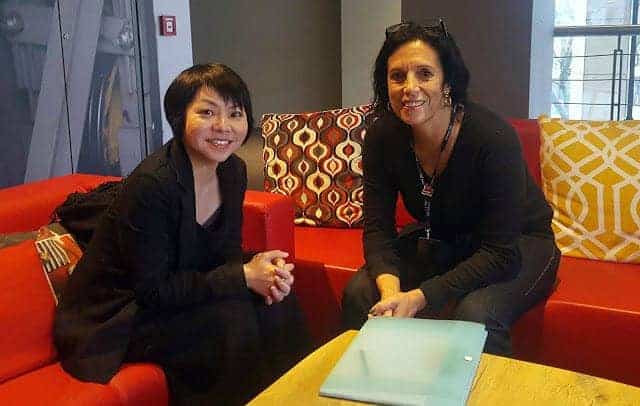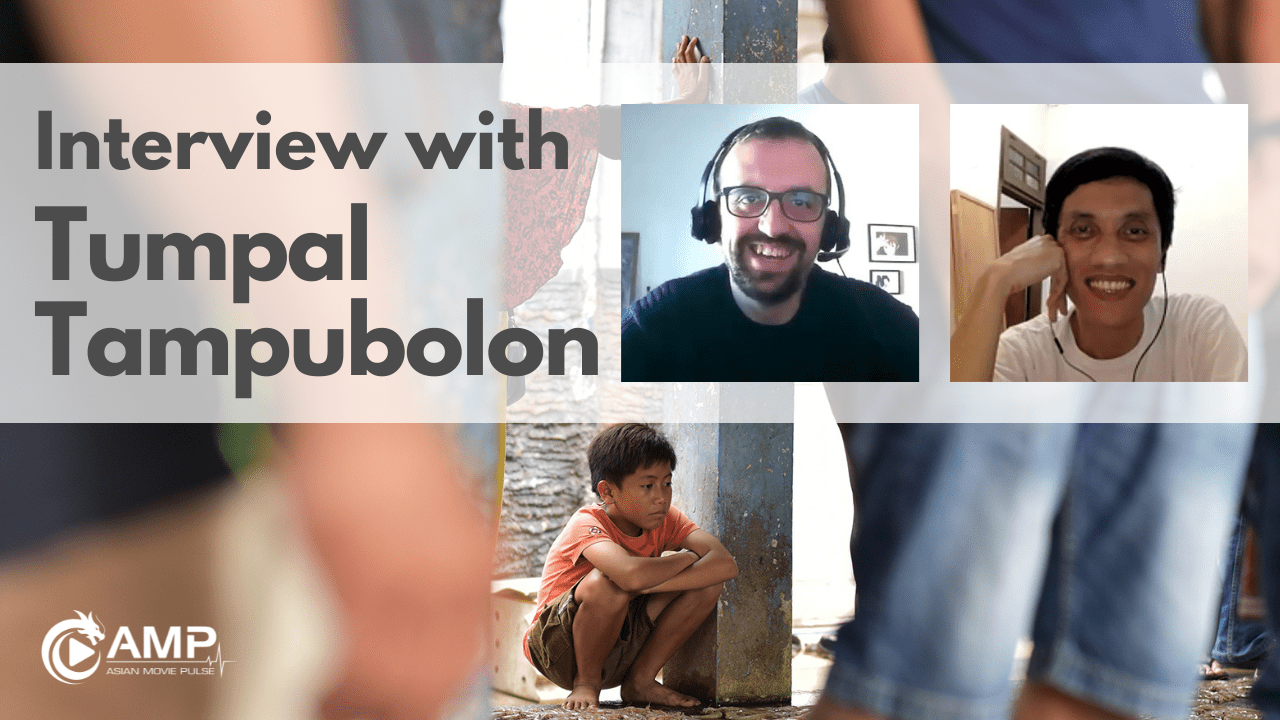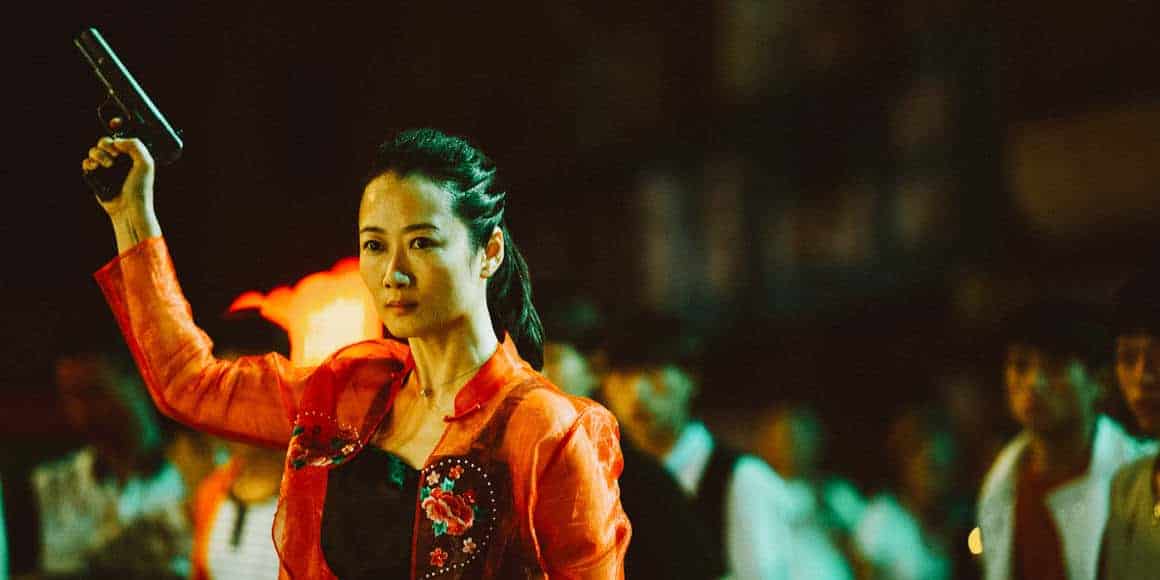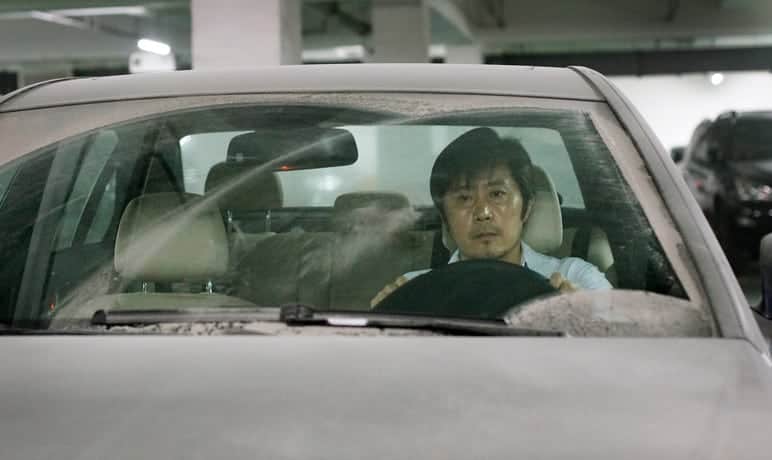10. Seven Winters in Tehran by Steffi Niederzoll (Iran, France, Germany)
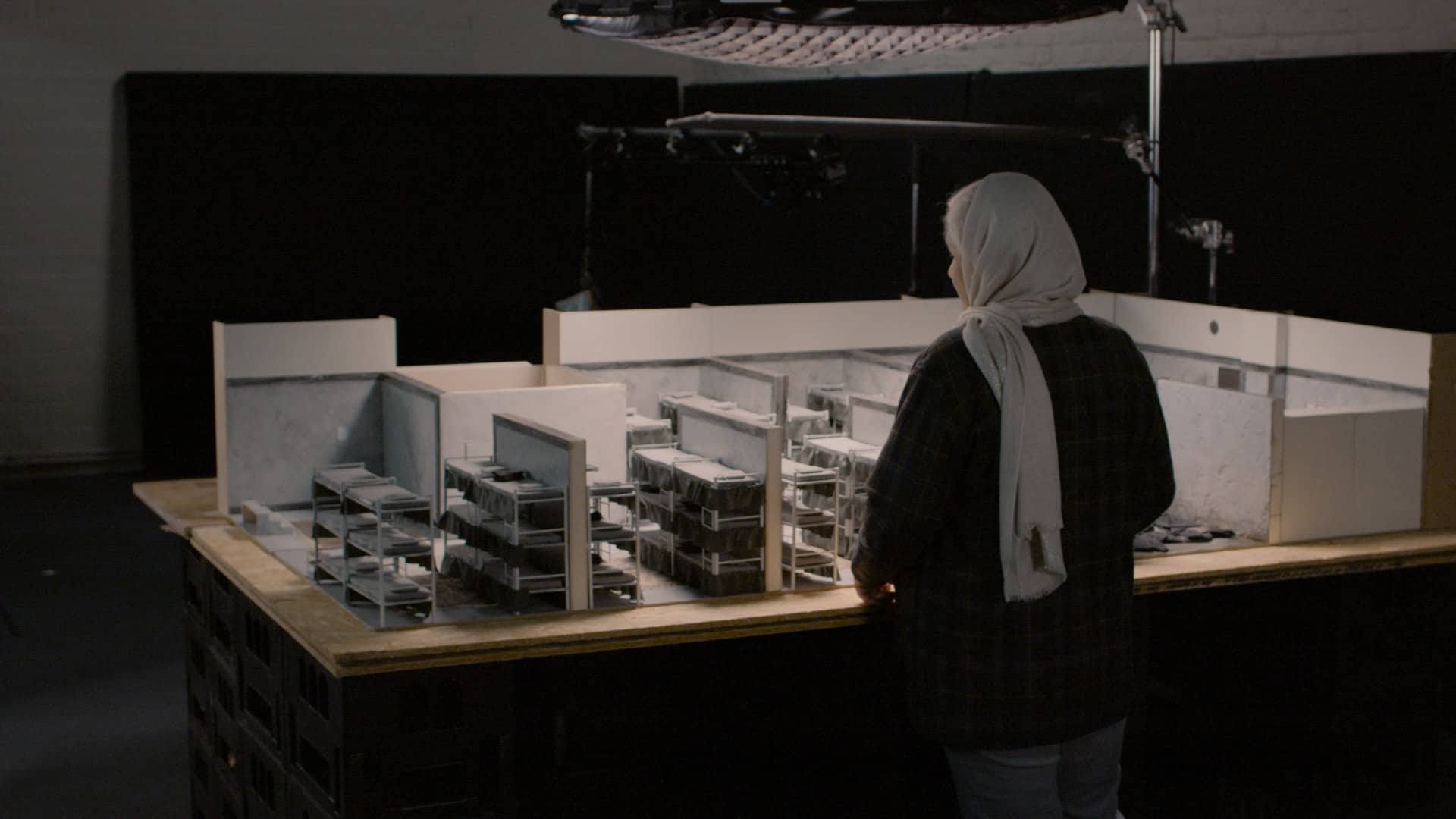
“Seven Winters in Tehran” is a documentary that will not leave anyone cold. As Reyhane's story unfolds, the viewer in confronted with a series of incredible crimes against the young woman who was firstly denied any contact to her family, and whose hearing took place a year and a half after the arrest. Before the trial that condemned her to death by hanging for premeditated murder without one single piece of evidence pointing in that direction, she received, just in case, the punishment of 30 lashes. Reyhaneh didn't stand a chance with her ‘victim' coming from a very influential, conservative family who didn't want to pardon her unless she changed her statement and incriminated herself, which she refused to do. Her bravery has inspired many women to continue their fight for basic human rights. (Marina D. Richter)
9. Critical Zone by Ali Ahmadzadeh (Iran)

In case of emergency call the ambulance, for it might bring you a different type of medical aid in the time of need neatly packed in bags, even if it comes with side-effects. One of such ambulance cars is “tunneling” its way through the opening scene of Ali Ahmadzadeh's shockingly daring adrenaline- & drug infused Locarno contender “Critical Zone”, one of this year's strongest international competition titles. A good deal of the film's narrative is happening in a moving car which is the formative model adopted from some of the finest works of Abbas Kiarostami or Jafar Panahi, but almost everything else in it, visually- and content-wise writes a new chapter in the Iranian cinema. (Marina D. Richter)
8. Paradise by Prasanna Vithanage (Sri Lanka)

Winner of the Kim Jiseok Award for the Best Film at Busan International Film Festival 2023, “Paradise” is a movie that tries to make a number of sociopolitical comments, through an intensely ironic approach that is also as pointed as possible. (Panos Kotzathanasis)
7. Neandria by Reha Erdem (Turkey)
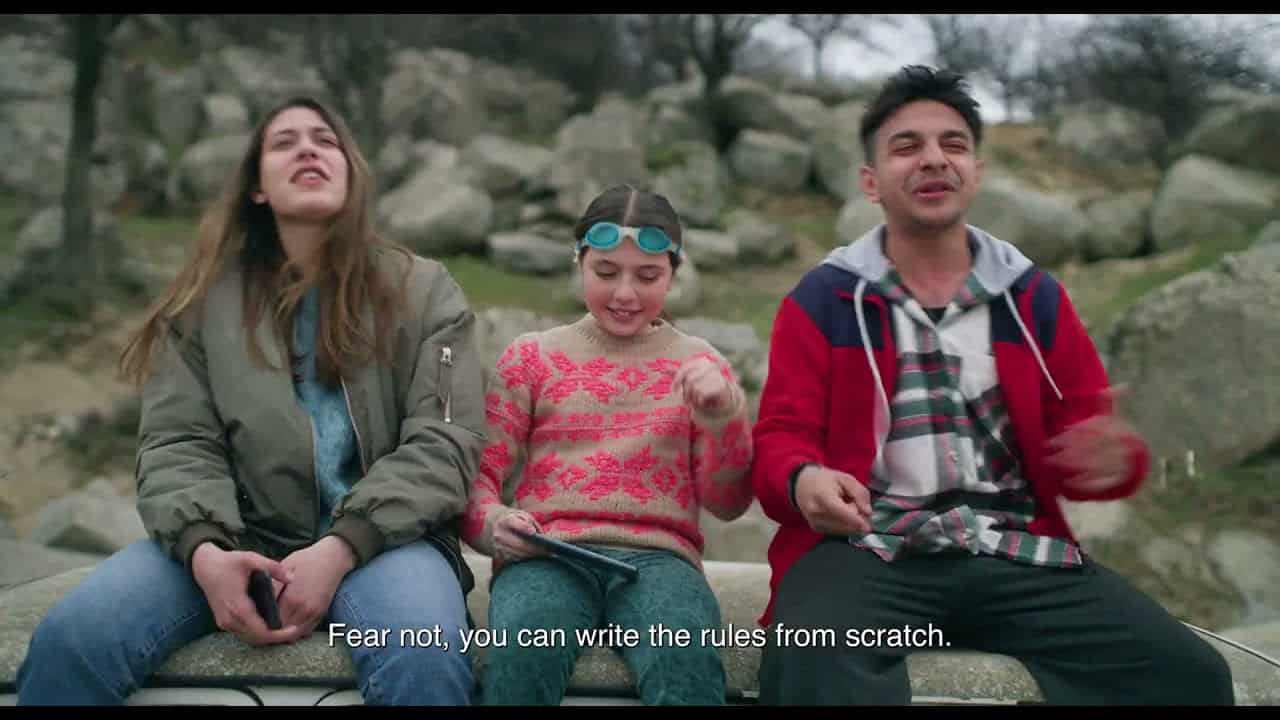
Life in remote, rural areas has always been a source of inspiration for filmmakers, with the uniqueness of such settings and their difference from the urban ones frequently resulting in intriguing narratives. Reha Erdem attempts something similar with his latest work, “Neandria” but also moves much further, presenting the microcosm of the village as a sample of a number of issues tormenting the world nowadays. (Panos Kotzathanasis)
6. Between Revolutions by Vlad Petri (Romania, Qatar, Iran, Croatia)
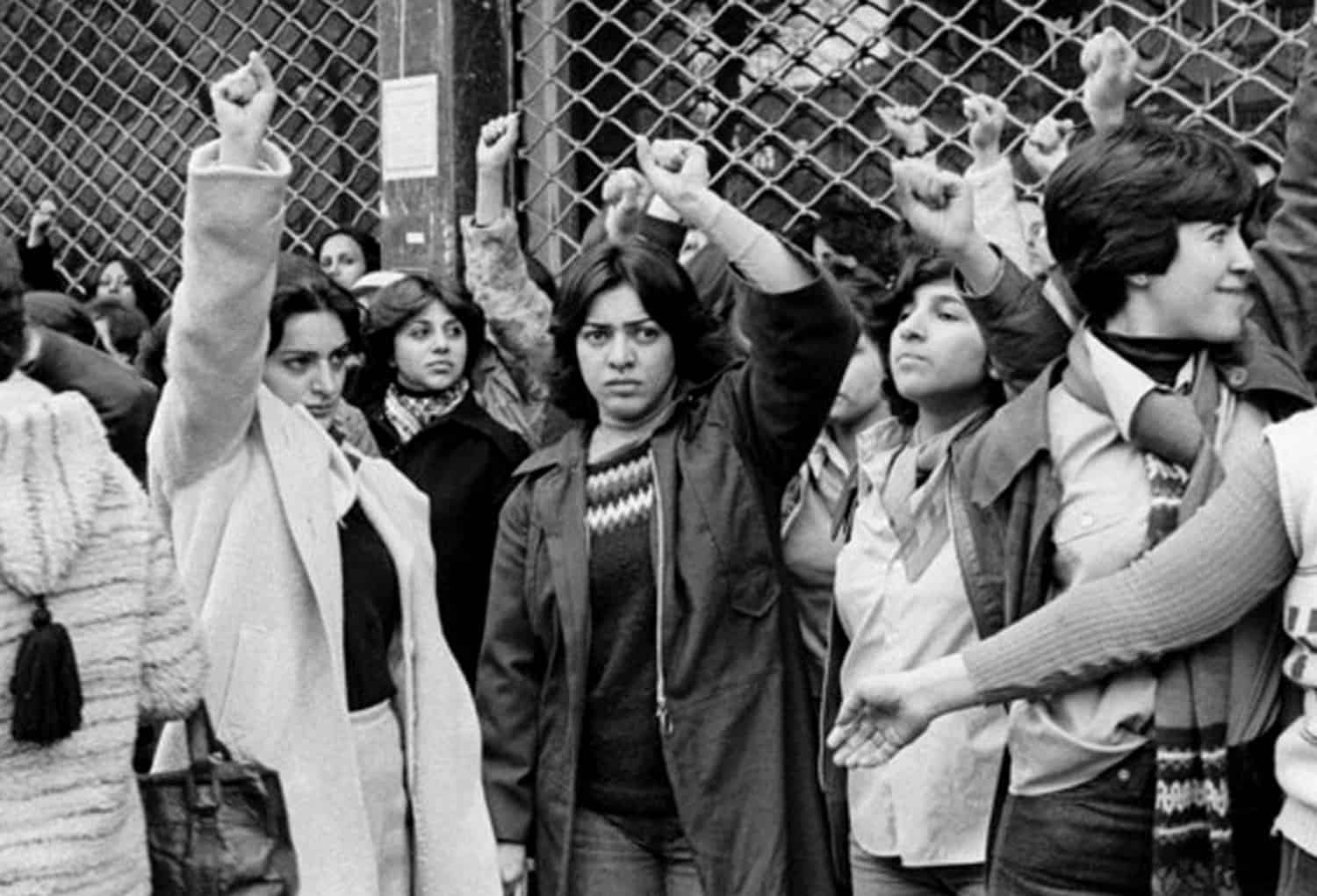
Two friends from studies, Maria and Zahra, their relationship and their experiences with involvement in two revolutions ten years apart (the Islamic revolution in Iran and the anti-communist one in Romania) stand in the cenre of Vlad Petri's documentary Between Revolutions. Well, »documentary« might be the problematic term, given that the characters are composites and the letters as the core narrative material are actually composed, taking the inspiration from the secret service archives. However, the filmmaker uses the rarely-seen archival material in a unique way and speaks the unpleasant truth in his impressive effort. (Marko Stojiljković)
5. Inshallah A Boy by Amjad Al Rasheed (Jordan)
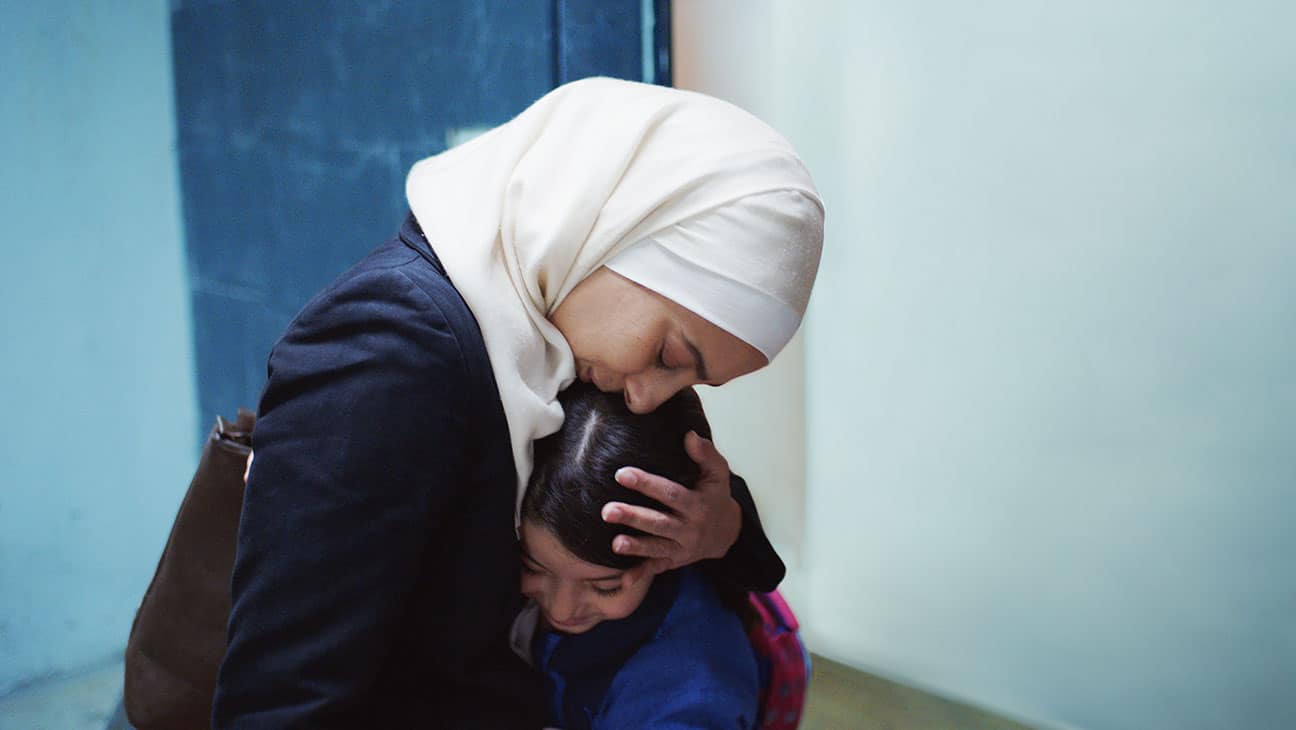
Winner of the Gan Foundation Award and the Rail d'Or Award for Best Feature Film in Cannes, “Inshallah A Boy” is also Jordan's official submission for the 96th Academy Awards. Rasheed took inspiration from a law in Jordan, where if a woman loses her husband and doesn't have a son, part of the inheritance goes to her in-laws. (Panos Kotzathanasis)
4. Cafe by Navid Mihandoust (Iran)

Films that are rather heavy on dialogue and light on any kind of action, are not exactly easy to watch, usually moving towards rather heavy, stage-play like productions that become tedious quite early on. Navid Mihandoust, however, seems to have managed to come up with a movie whose almost non-stop dialogues (and monologues for that matter) are a true treat to watch, with his wicked sense of humor in the face of everything that is irrational in Iran, both in the system and in the people, being essentially an act of defiance. Lastly, the similarities with his actual life add a very appealing meta level to the whole thing, highlighting that “Cafe” is a deceptively minimalist effort, and actually a rather rich, contextually, one. (Panos Kotzathanasis)
3. Sand by Visakesa Chandrasekaram (Sri Lanka)

Visakesa Chandrasekaram manages something very difficult, to create an atmosphere of almost constant tension, without any scenes that move towards this direction, or any of the editing and music “tricks” that are usually implemented. Instead, and despite a seemingly calm, slow paced approach, he manages to do so by having danger loom over the protagonists essentially constantly. The daily roadblocks mother and son have to pass from, the trial, the search for Vaani, the appearance of what appears to be a ghost, even Rudran's rehabilitation and the whether his leg will ever be ok all move towards this direction, creating a very appealing uncertainty about what is going to happen. As such, the only scene where actually something happens, emerges as one of the most shocking in the movie, both for its unexpectedness and the way it is resolved, for the protagonist at least. (Panos Kotzathanasis)
2. Whispering Mountains by Jagath Manuwarna (Sri Lanka)
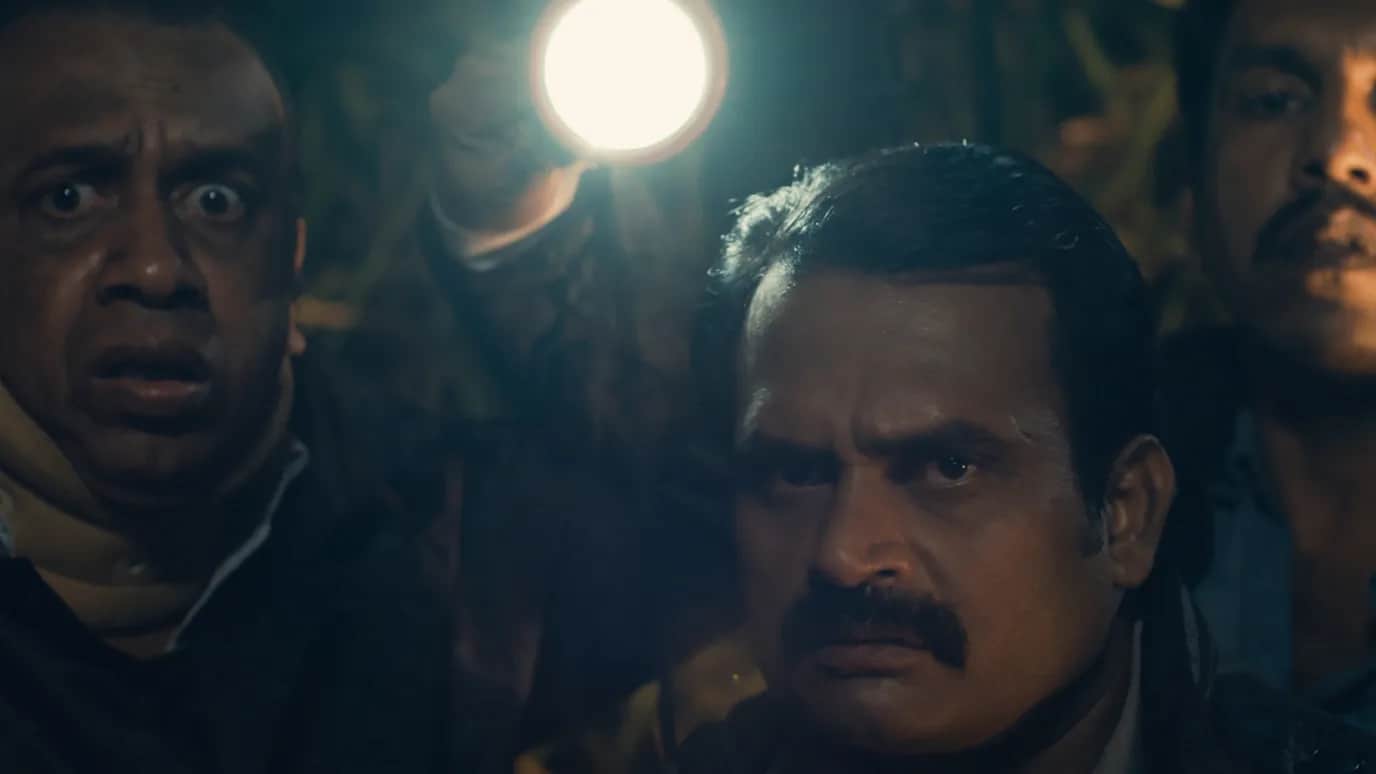
Jagath Manuwarna directs a film that aims at showing the ridiculousness of the government's tactics, and to highlight how their violent ways have impacted the country, with this part being the main source of drama in the movie. In that fashion, the ironic and humoristic scenes, which aim at showing the absurdity of the government forces and of the religious “leaders” that accompany them, are followed by scenes of intense violence, whose depiction occasionally becomes shocking. At the same time, another axis, of a grieving father waiting for his son and finding his only solace in the bottle, moves in between the two aforementioned, also in its placement within the narrative, in an aspect that highlights the rather intelligent directorial approach of Manuwarna. (Panos Kotzathanasis)
1. Something like an Autobiography by Mostofa Sarwar Farooki (Bangladesh)

Despite the economical 82 minutes of its duration, Farooki manages to present a movie that is filled with sociopolitical and even philosophical commentary. The way the concept of celebrity functions within the local society, with them both occasionally enjoying privileged treatment, and having to deal with critique by fans and haters alike is a central one here, but is definitely not the only. How corruption works in the country and how the rich can essentially do whatever they want is also highlighted, with the way the issue that is eventually presented is solved in similar fashion, intensifying the comment even more. (Panos Kotzathanasis)


